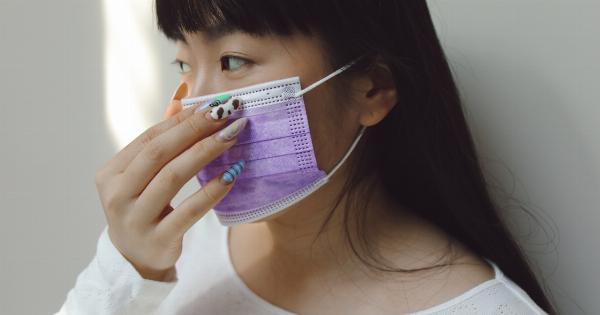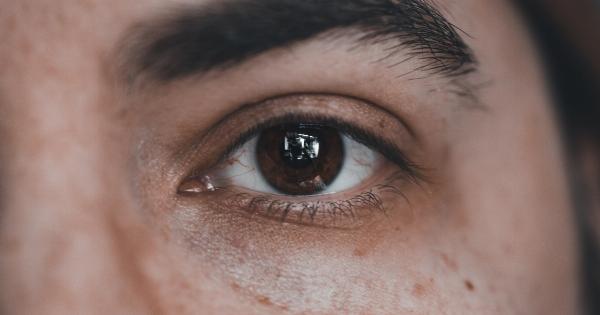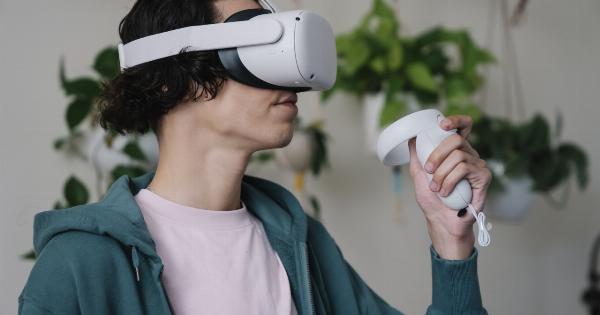Visual assessment in children is crucial for identifying any potential vision problems early on.
Traditional methods for evaluating vision in children often involve using charts and tests that can be challenging for young children to comprehend and cooperate with. However, with the advancement of technology, a new tool has emerged – 3D films. This article will explore how 3D films can be utilized as a means of assessing children’s vision.
The Importance of Early Vision Assessment
Early vision assessment plays a pivotal role in the overall development and wellbeing of children. The visual system is closely linked to a child’s ability to learn, adapt, and interact with their environment.
By assessing a child’s vision, healthcare professionals can detect and address any vision problems promptly, preventing potential learning difficulties and other associated issues.
Traditional Vision Assessment Methods
Historically, eye charts have been widely used to evaluate visual acuity in both adults and children.
However, these tests can be challenging for young children, who may not yet have the cognitive ability to understand the task or verbally express their visual acuity accurately. Additionally, traditional tests may not adequately assess the child’s spatial awareness or depth perception, aspects critical for overall visual function.
The Benefits of 3D Films
3D films offer a novel approach to assess children’s vision, taking advantage of their natural inclination towards engaging visual stimuli.
By incorporating visual stimuli into the form of an immersive 3D film, children can actively participate in an engaging and entertaining experience while their vision is being evaluated.
One significant advantage of using 3D films is their ability to assess spatial awareness and depth perception.
These visual abilities are essential for tasks such as learning to read, participating in sports, and navigating the surrounding environment safely. Traditional vision tests often fail to accurately evaluate these skills.
Moreover, 3D films provide a more dynamic evaluation of visual function by presenting a range of complex visual scenes, mimicking real-life situations.
This approach allows for a more comprehensive assessment of visual skills, including but not limited to visual acuity, color vision, contrast sensitivity, and tracking abilities.
Implementing 3D Film Assessments
Integrating 3D film assessments into routine pediatric eye exams can be a game-changer.
By replacing or complementing traditional vision tests with 3D films, healthcare professionals can provide a more engaging and accurate evaluation of a child’s visual system.
Prior to the assessment, healthcare professionals should ensure that the child is familiar with 3D films and comfortable wearing the necessary 3D glasses. Proper calibration of the 3D system is also crucial to guarantee accurate results.
During the assessment, the child can be shown a series of 3D films specifically designed to evaluate different visual skills. For example, one film may assess visual acuity, while another may focus on depth perception.
The child can interact with the films by pointing to objects or responding to prompts, allowing for a more interactive assessment.
After the assessment, healthcare professionals can analyze the results and identify any potential vision problems or areas of concern. These findings can then guide appropriate interventions or referrals to specialists, if needed.
Limitations and Considerations
While 3D film assessments offer exciting opportunities for visual evaluation in children, it is important to consider certain limitations.
Not all children may have access to 3D films, and some may experience discomfort or eye strain while wearing the 3D glasses. Additionally, it is crucial to ensure that the 3D films used in assessments have been validated and standardized to ensure accuracy and reliability.
Conclusion
Assessing children’s vision is paramount for their overall development and wellbeing. By incorporating 3D films into routine vision assessments, healthcare professionals can provide a more engaging and comprehensive evaluation of visual function.
The use of 3D films allows for the assessment of crucial skills such as spatial awareness and depth perception, which traditional methods often fail to accurately evaluate. Despite limitations, the integration of 3D film assessments has the potential to revolutionize vision care for children.

























